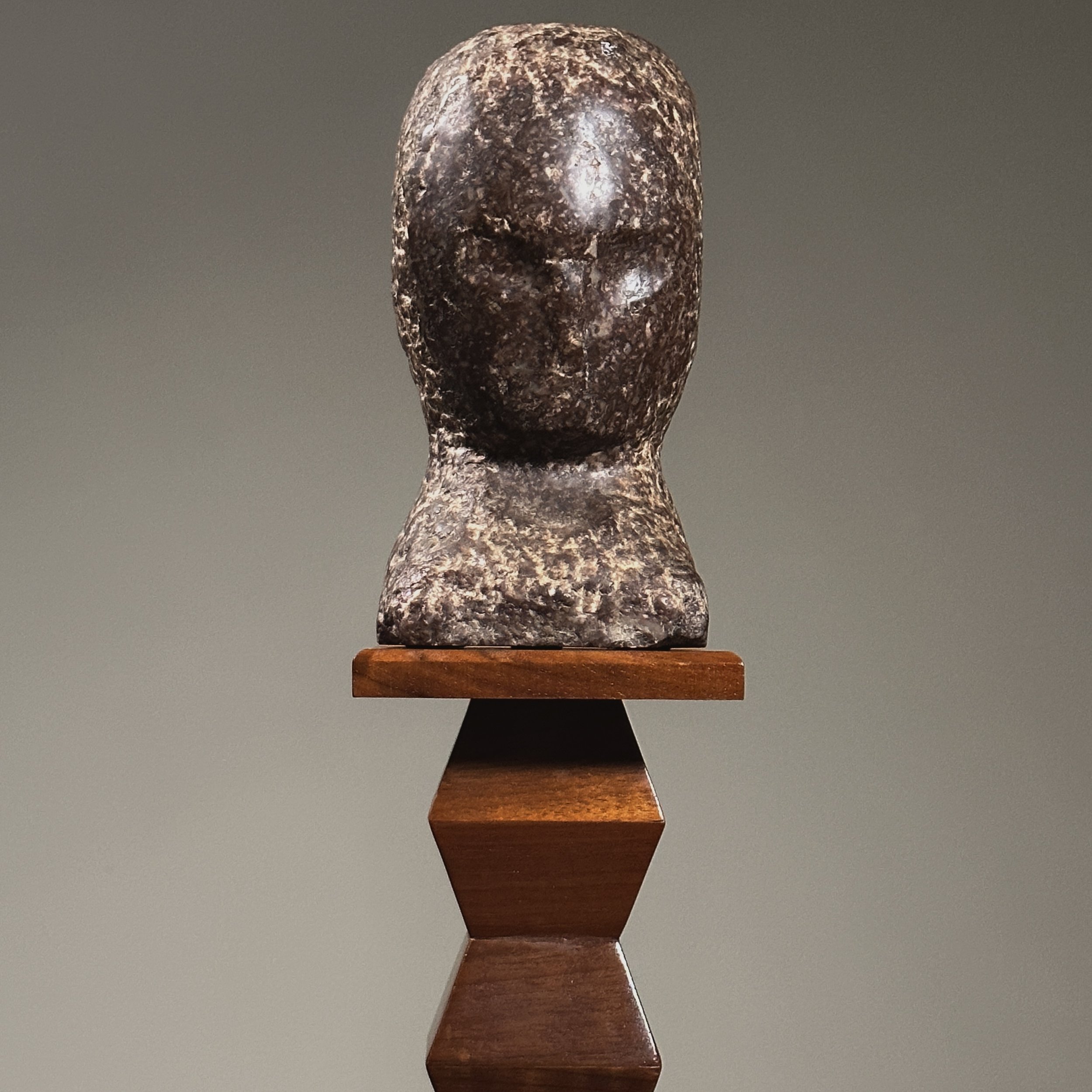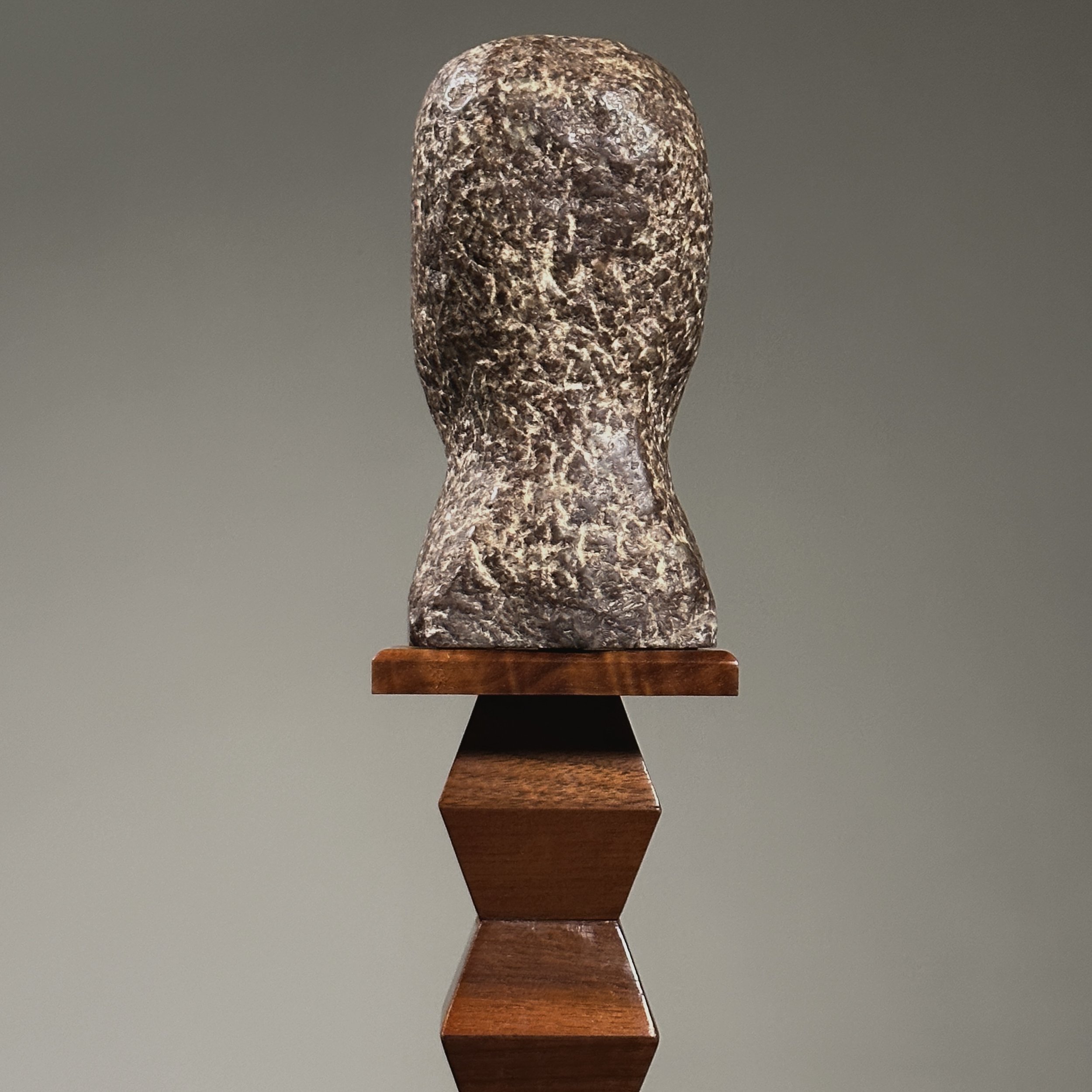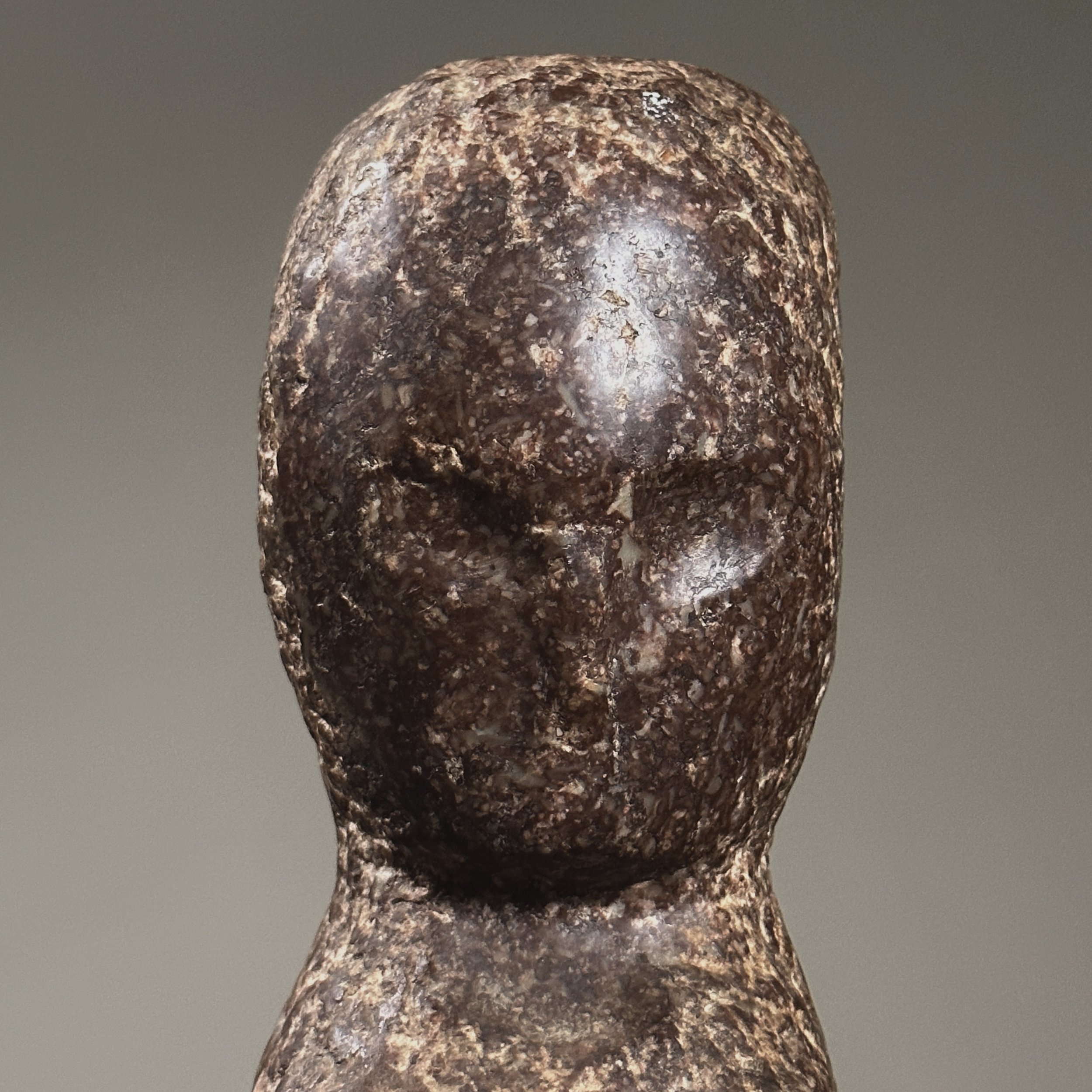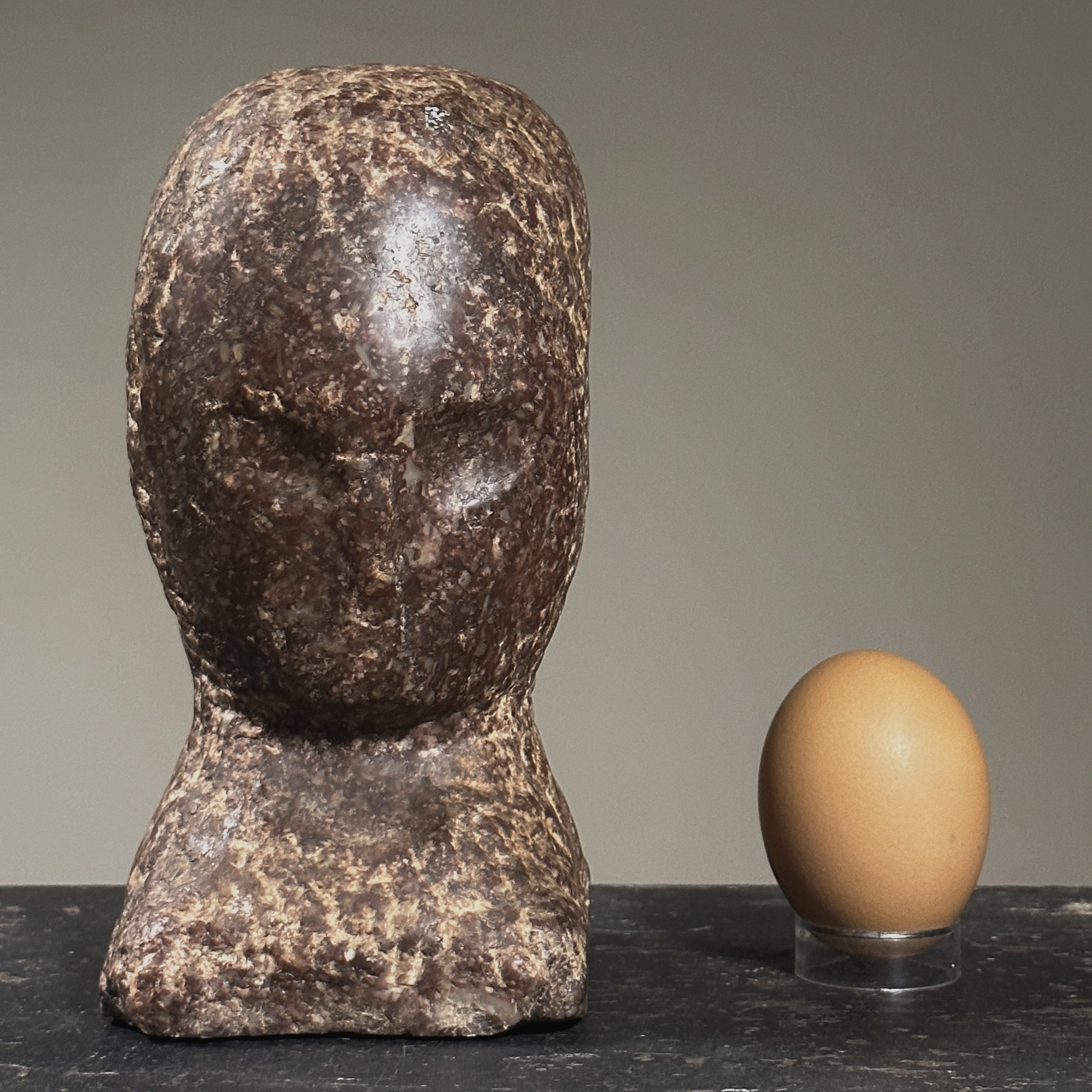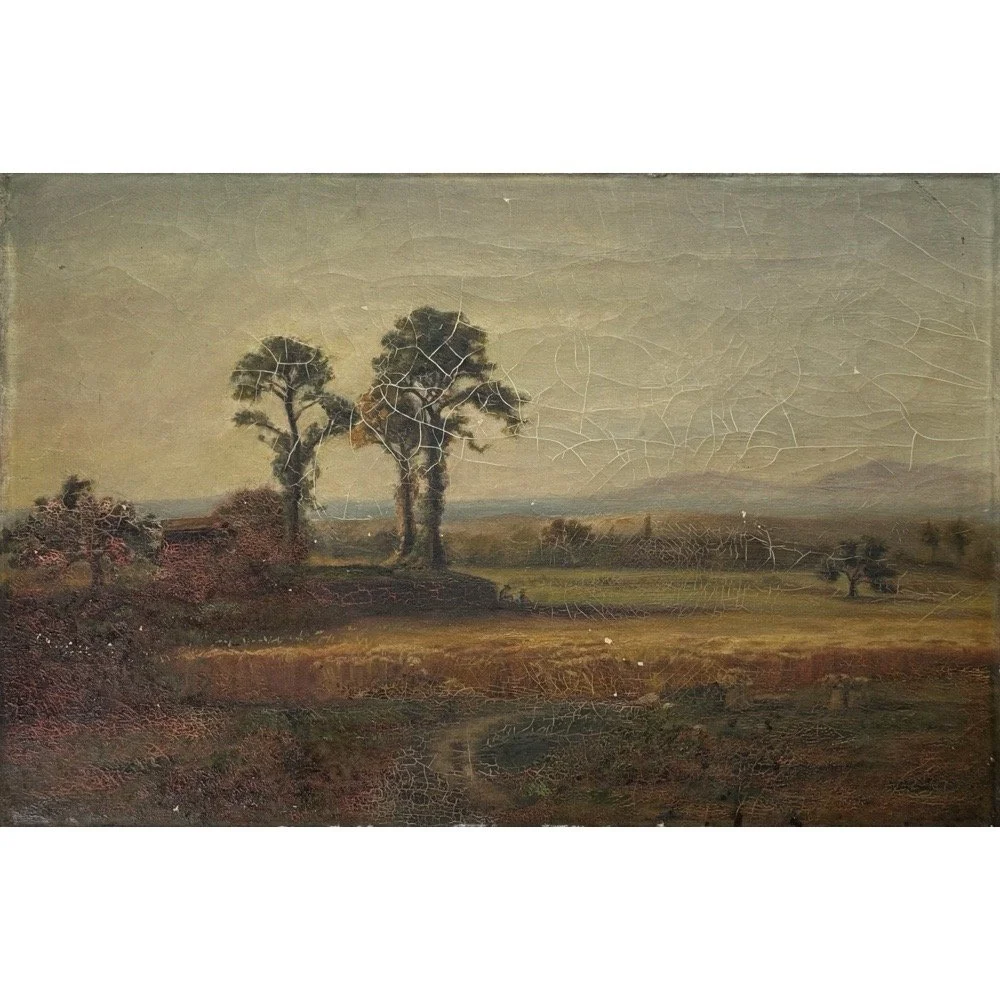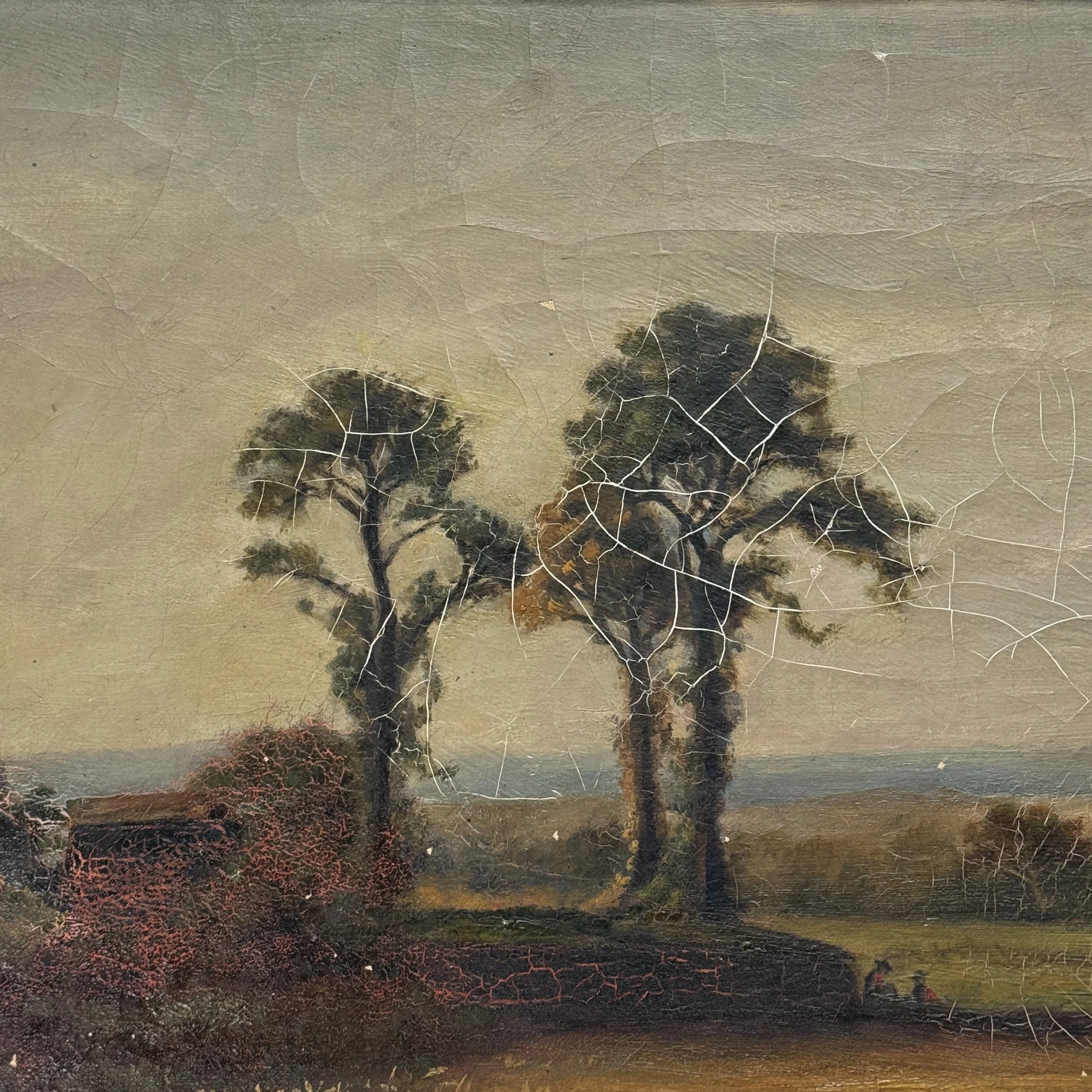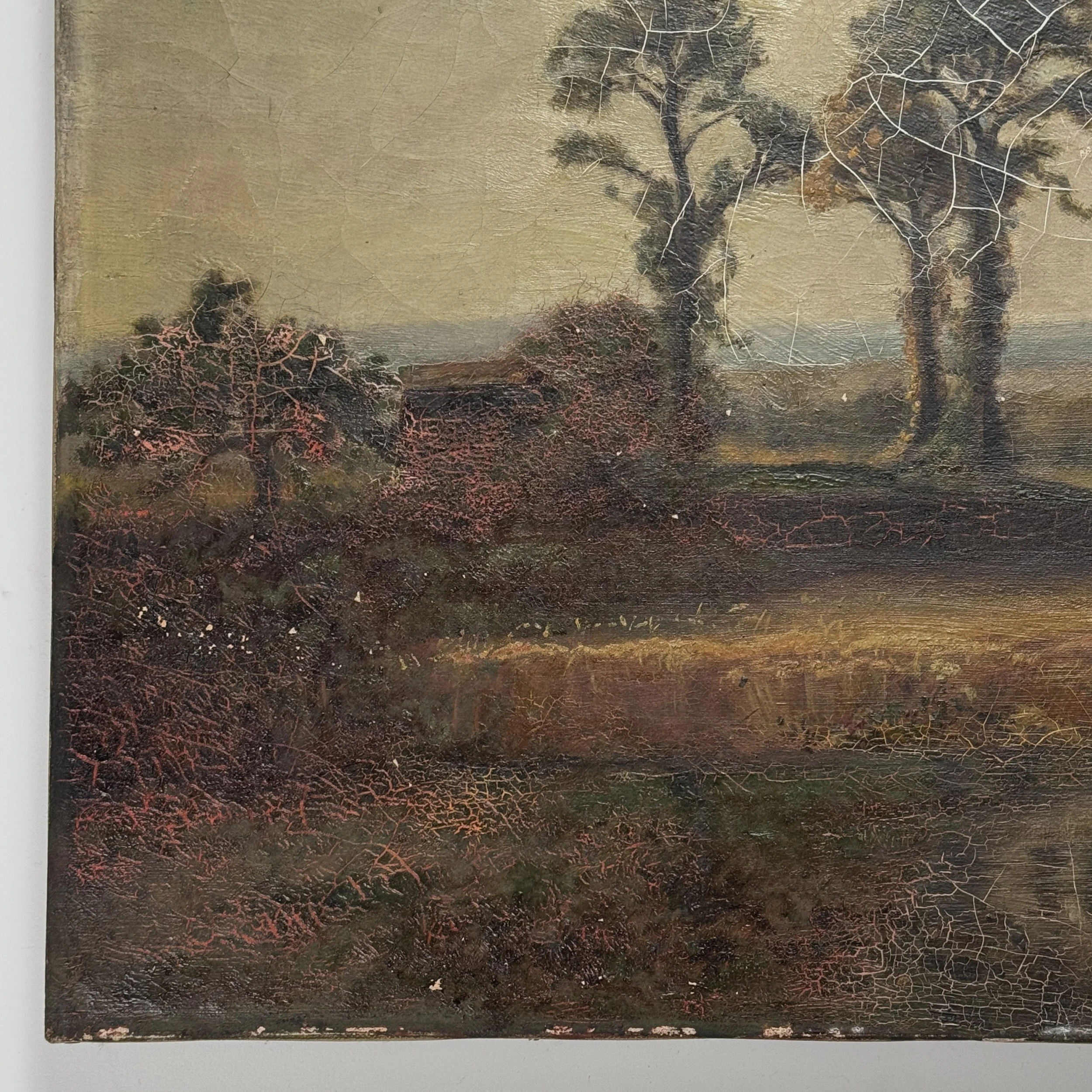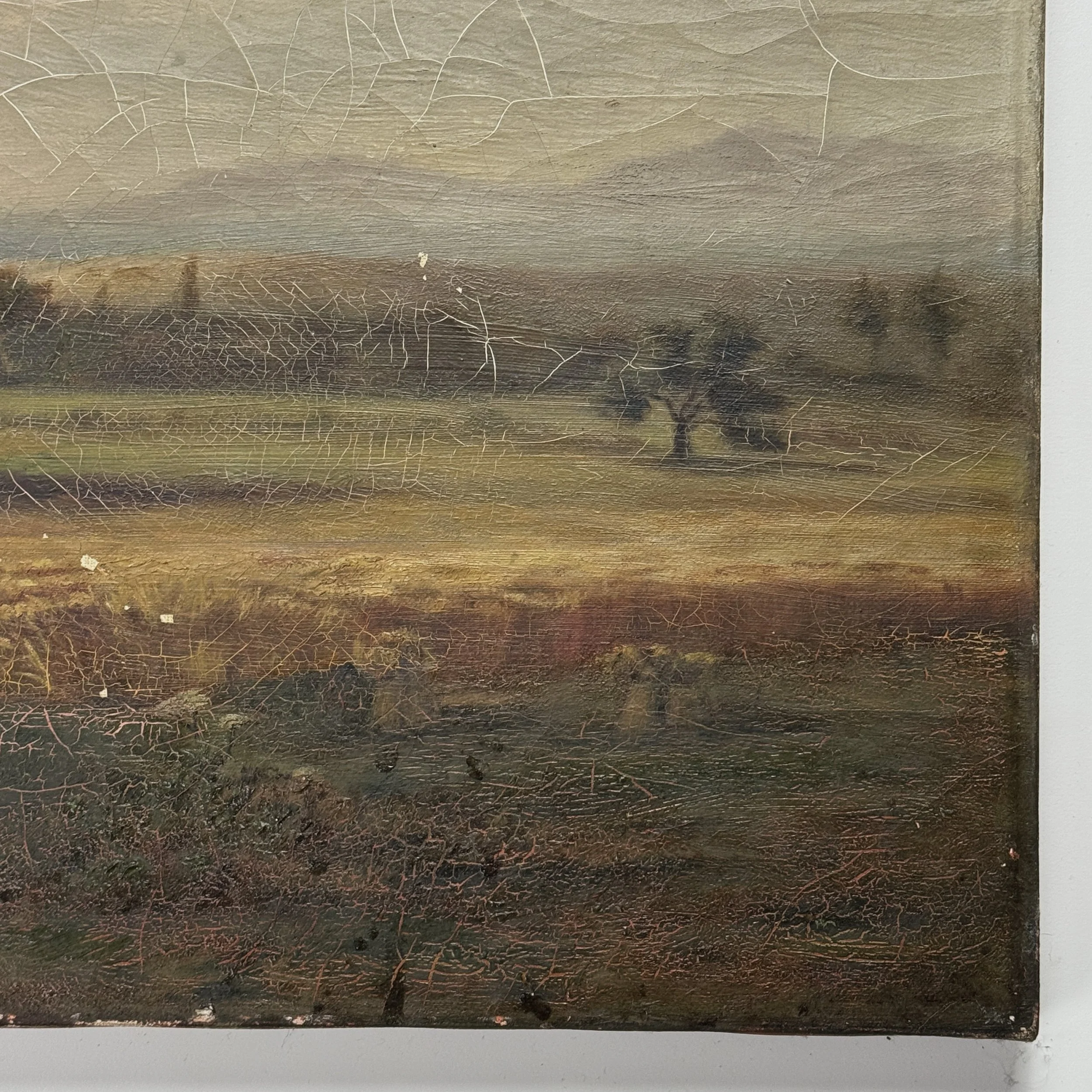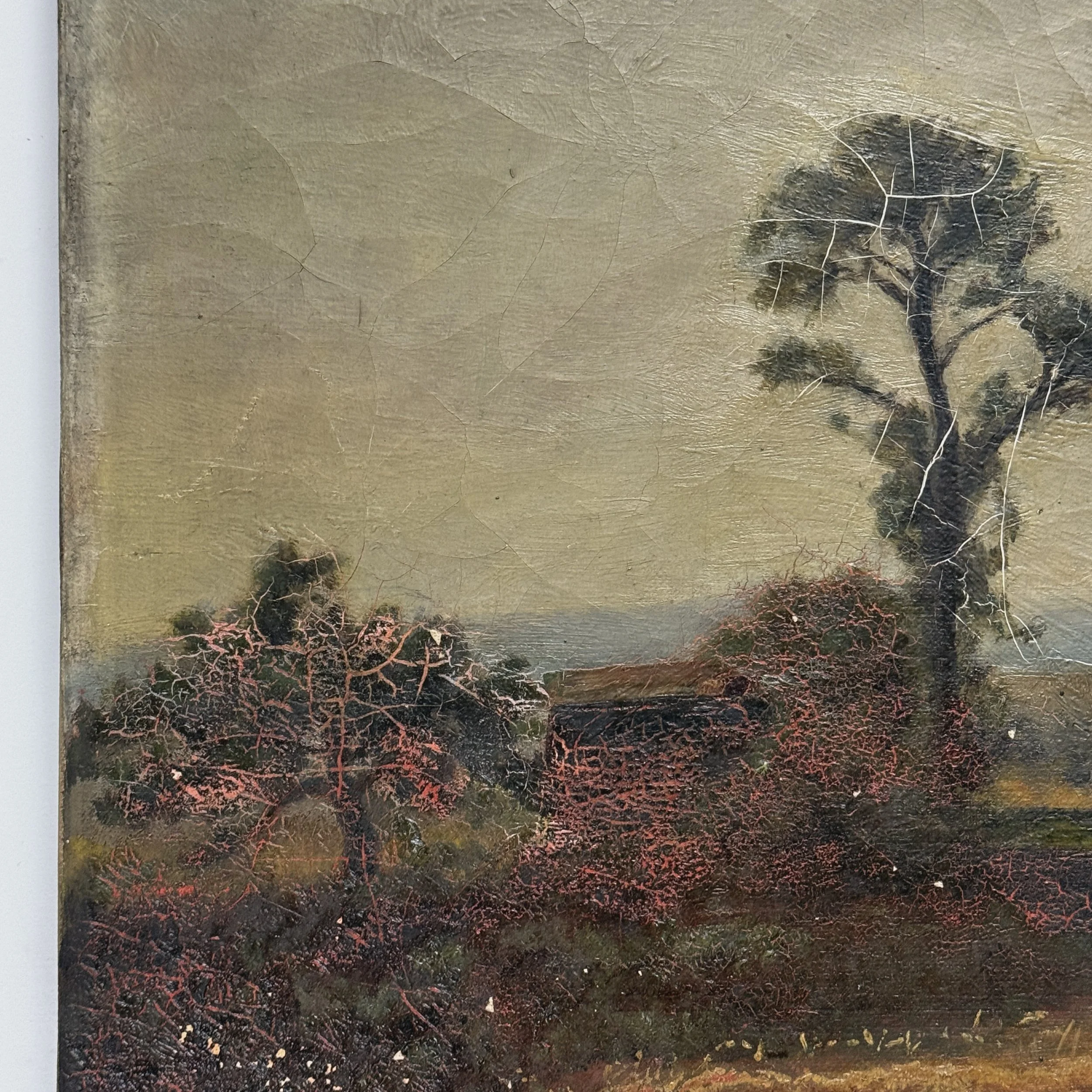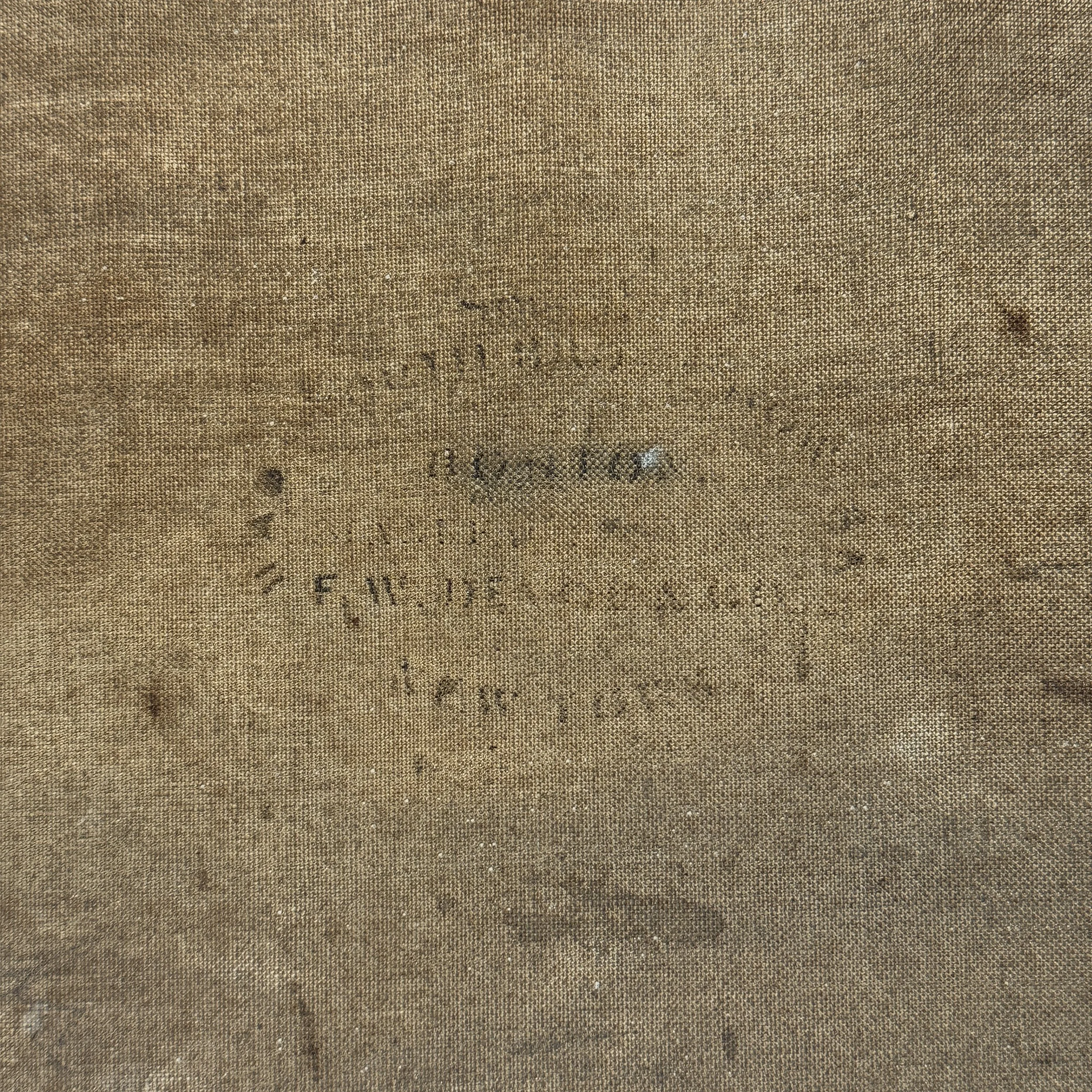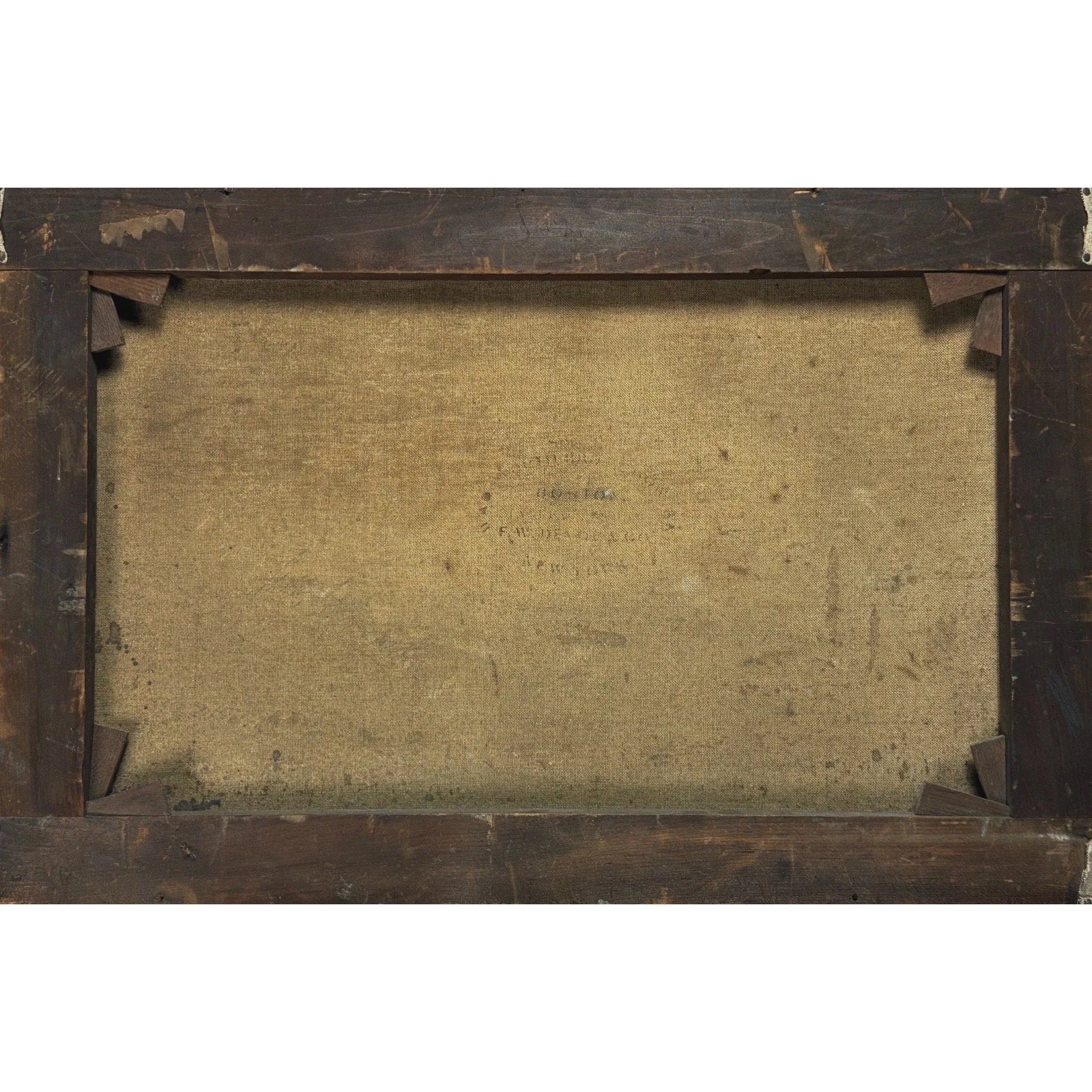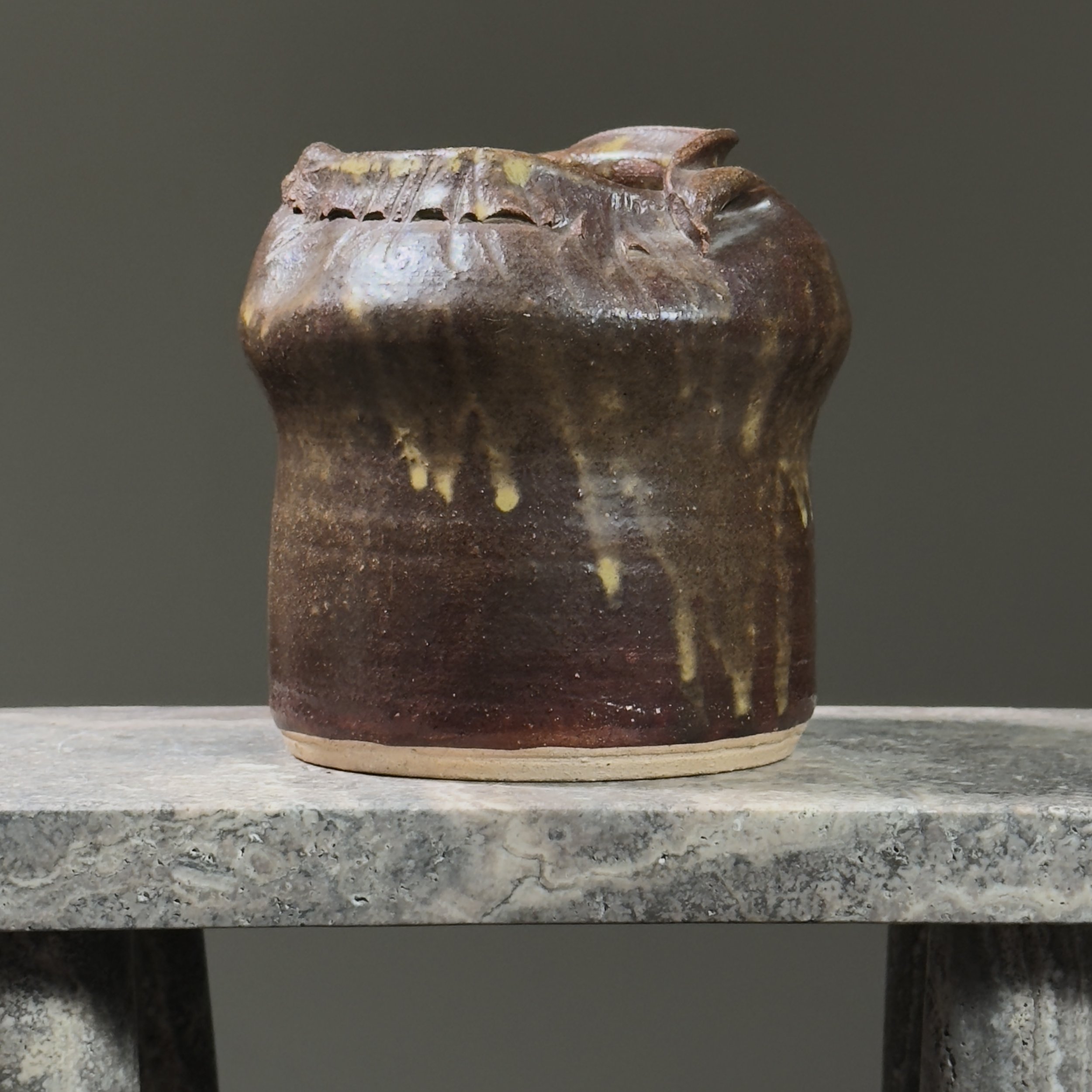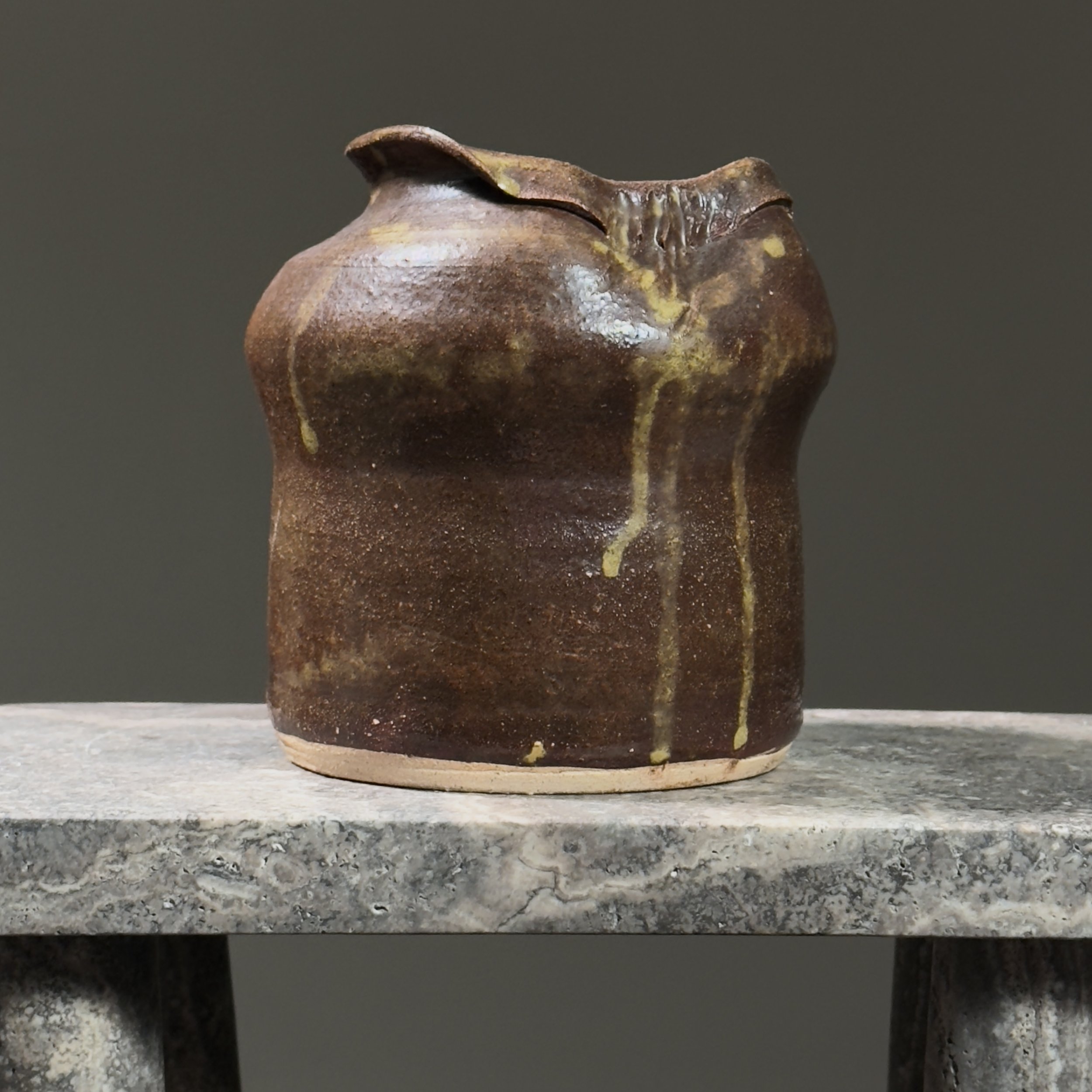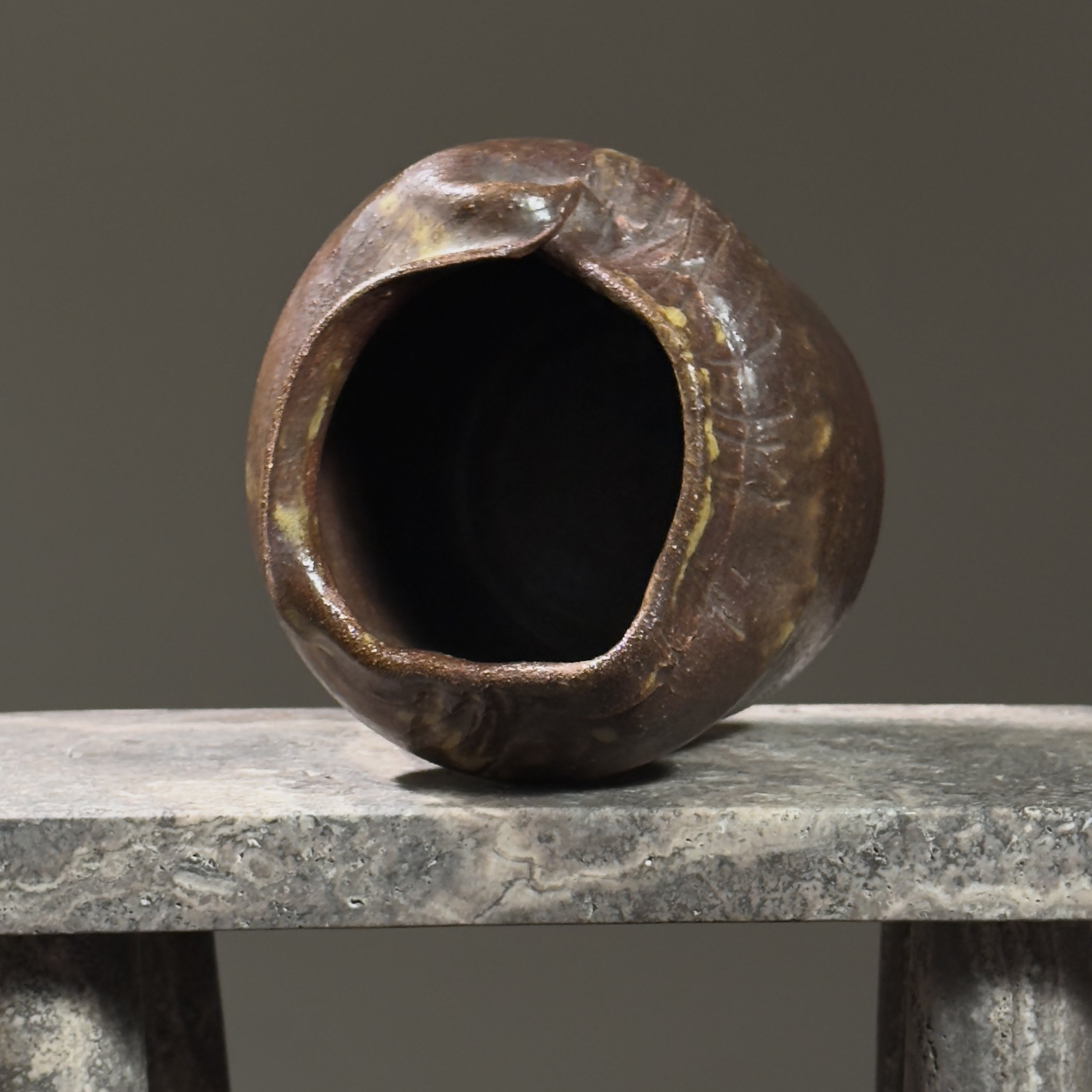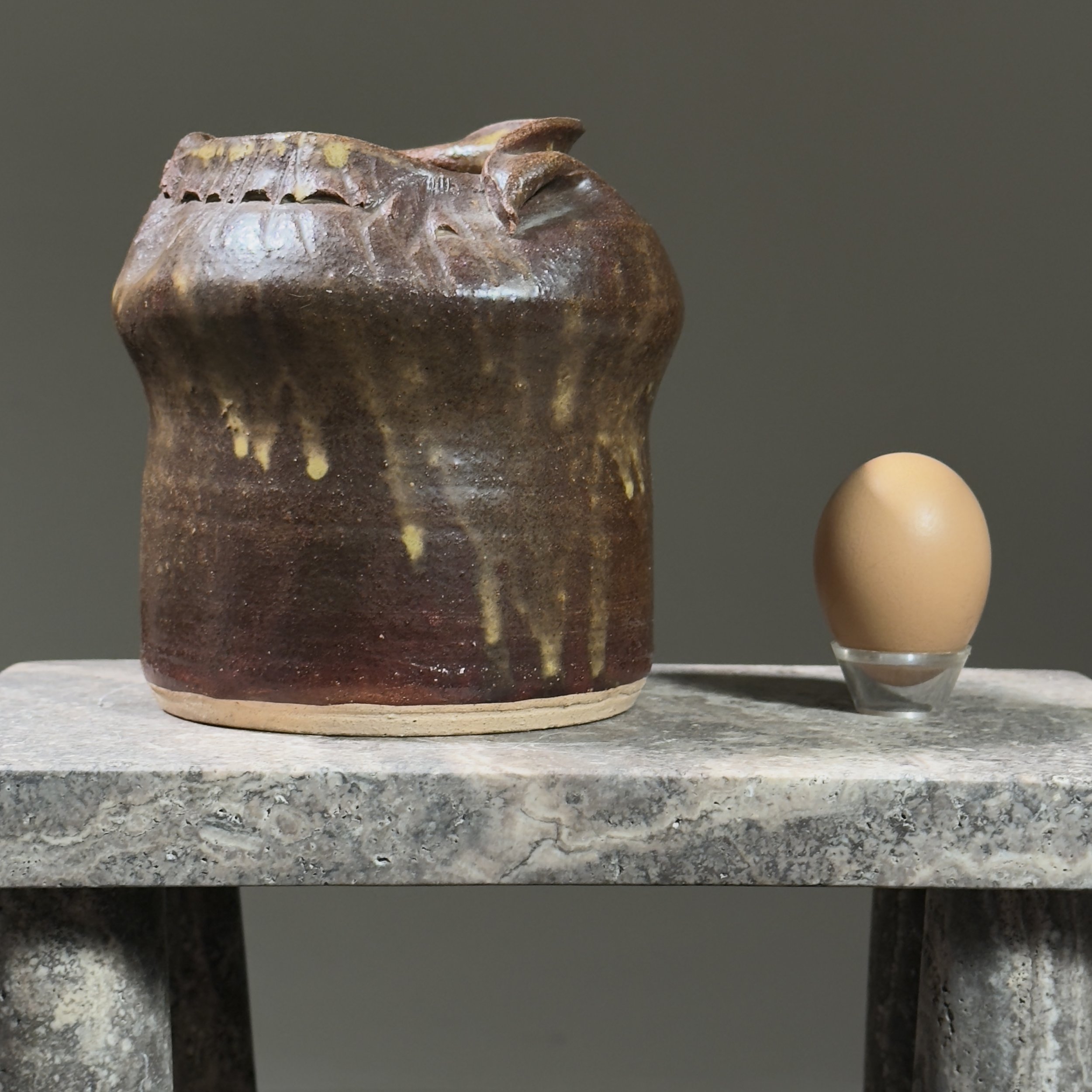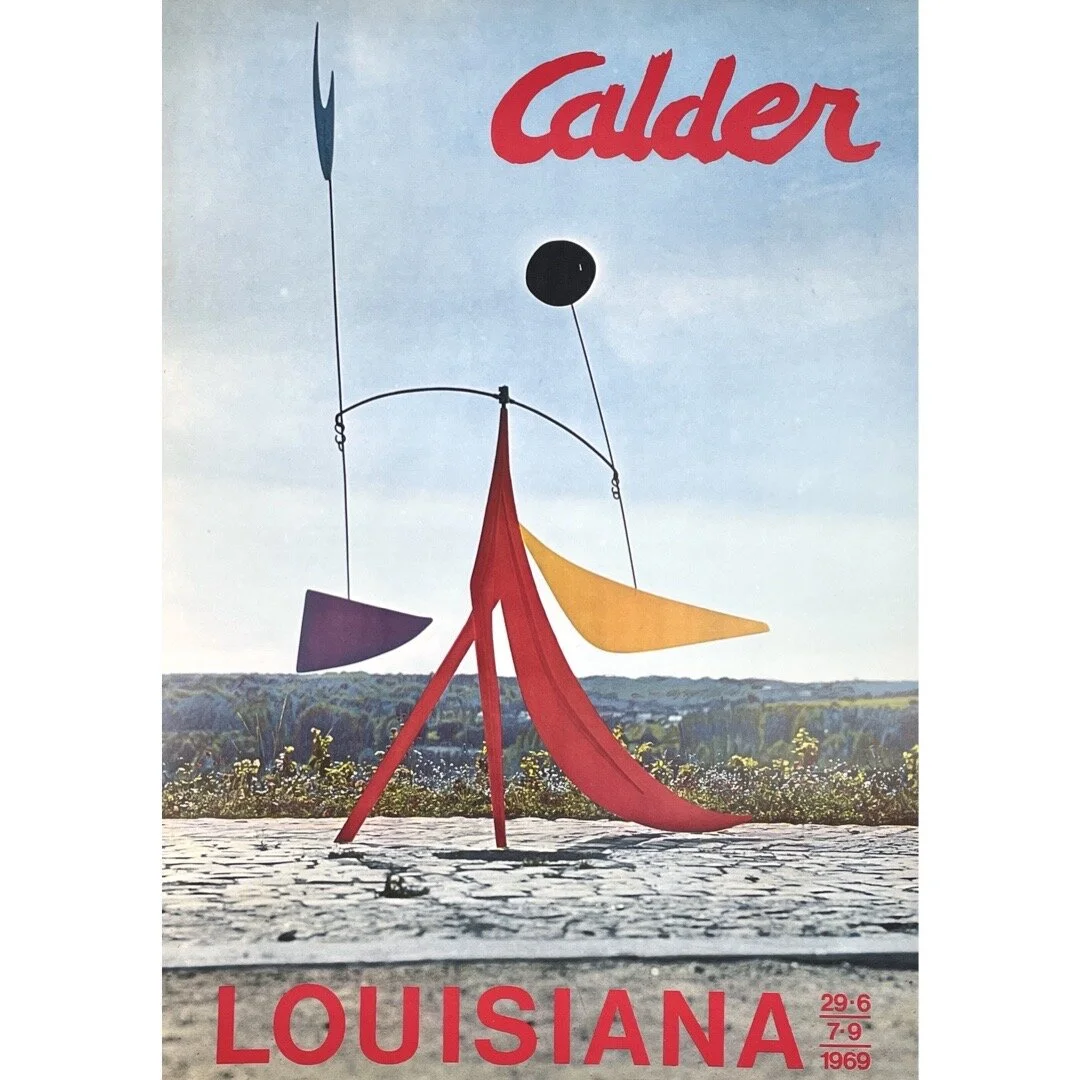 Image 1 of 8
Image 1 of 8

 Image 2 of 8
Image 2 of 8

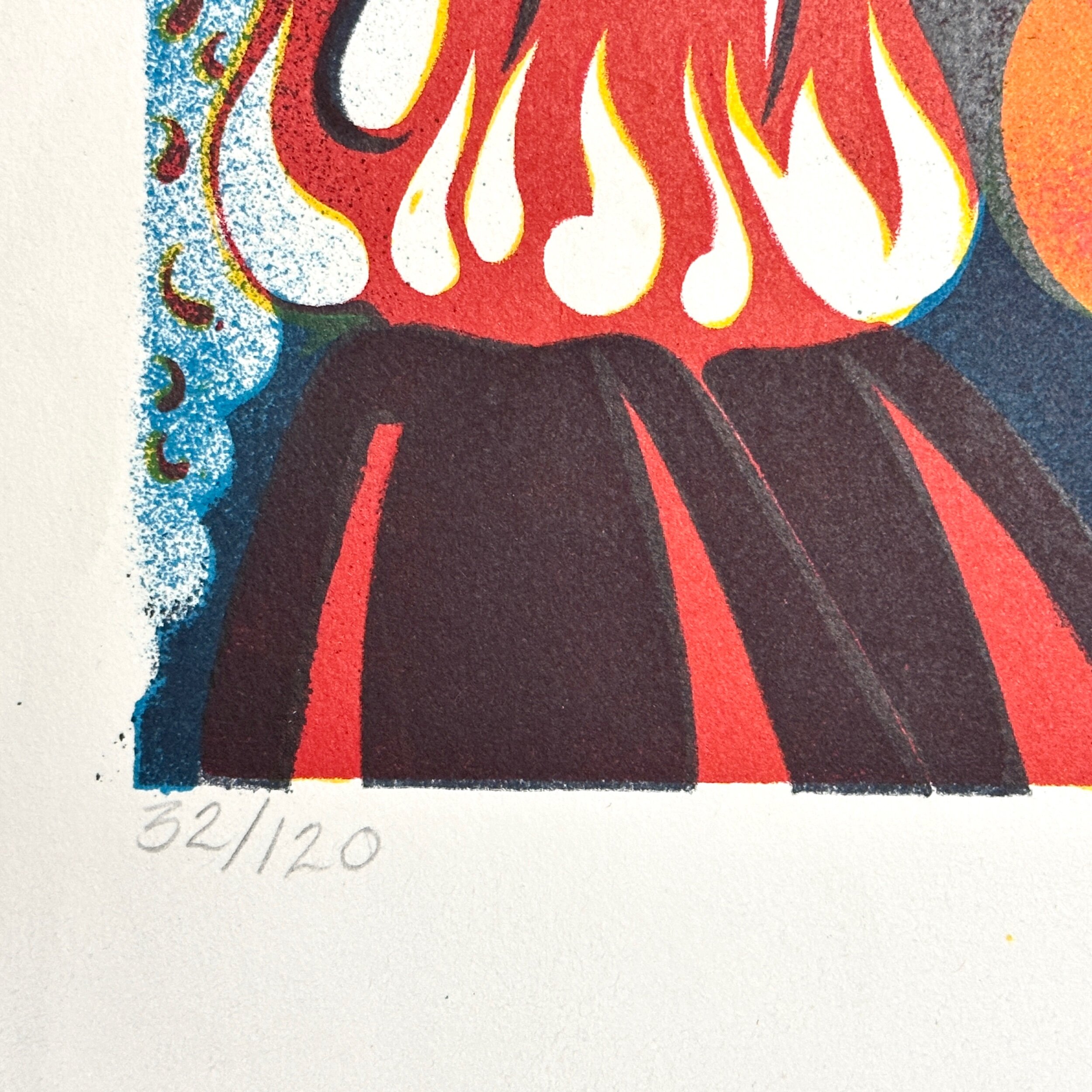 Image 3 of 8
Image 3 of 8

 Image 4 of 8
Image 4 of 8

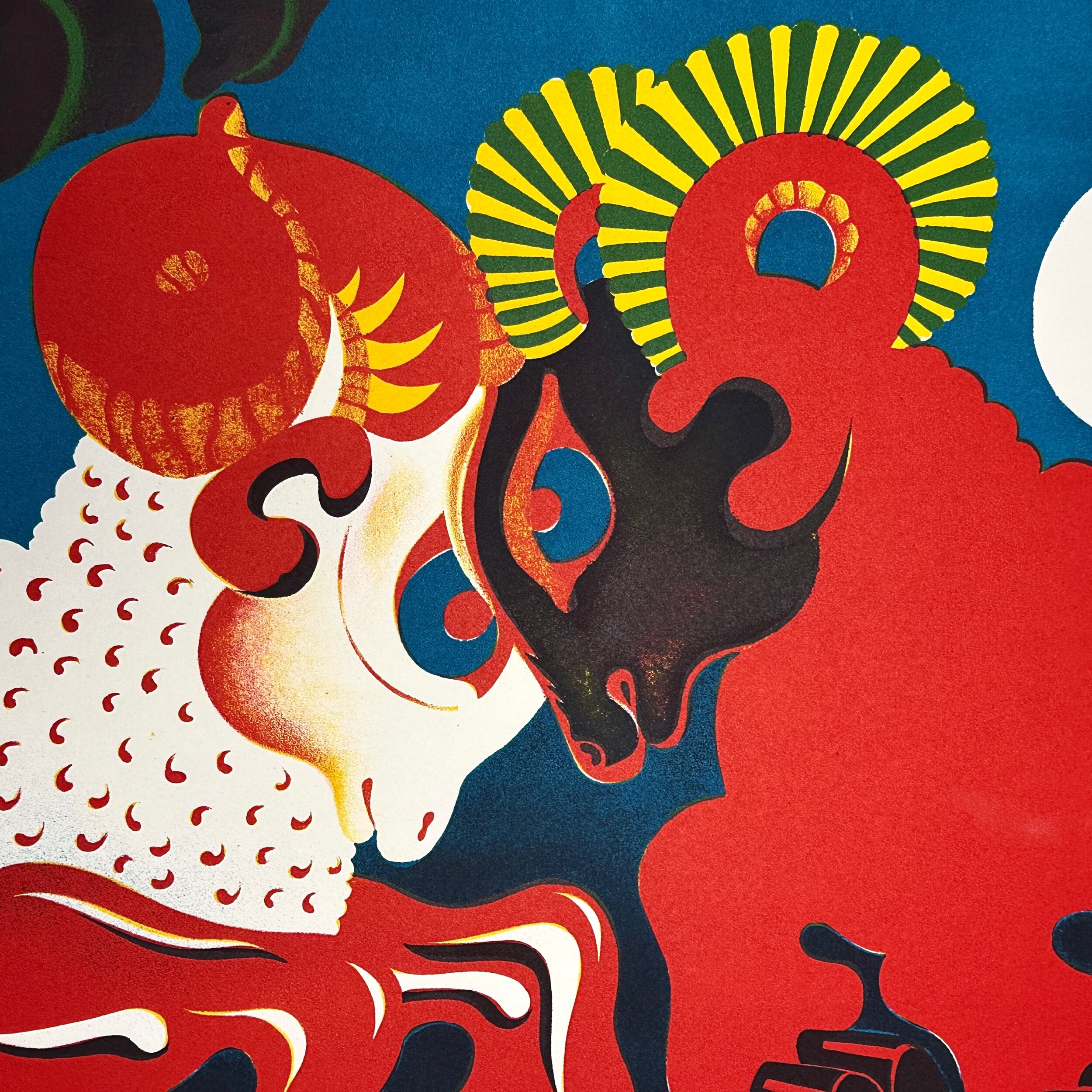 Image 5 of 8
Image 5 of 8

 Image 6 of 8
Image 6 of 8

 Image 7 of 8
Image 7 of 8

 Image 8 of 8
Image 8 of 8









Nicolás García Uriburu (Argentina, 1937-2016) - ‘Rams’ Silkscreen on Wove Paper, Signed (ca. 1970)
Nicolás García Uriburu (Argentina, 1937-2016) - ‘Rams’ Silkscreen Print on Wove Paper, Signed (ca. 1970). Signed and numbered at the bottom in pencil. #32 from an edition of 120. Silkscreen print on wove paper with hand torn edge on the right side. In good condition with soft handling marks along the margin.
Size: 23.5 x 36 in
Nicolás García Uriburu was born in Argentina on December 24, 1937. He enjoyed drawing as a child and, with the encouragement of his uncle, the writer Pablo Cárdenas, had his first gallery exhibition when he was age seventeen. Uriburu studied architecture at the National University in Buenos Aires and later launched an award-winning international art career. His early artworks consisted of semi-abstract landscapes that incorporated a pop art aesthetic. In 1968, while living in Paris, Uriburu began a signature series of actions that called attention to water pollution and deforestation. For that year’s Venice Bienniale, Uriburu introduced into the Grand Canal a nontoxic sodium dye used in the aerospace industry that glowed fluorescent green upon contact with the water. This gesture made it possible to visually follow the flow of water from the polluted canal to the sea, drawing attention to problems of water pollution. He continued these actions in rivers in New York City, Paris, Buenos Aires, among other international locations, always wearing a green jumpsuit to emphasize the environmental message of his performances. In later collaborations with the artist Joseph Bueys, Uriburu colored the Rhein River and planted 7,000 oak trees in Kassel, Germany. Beginning with the 1982 planting of 50,000 trees in Buenos Aires, Uriburu regularly oversaw the planting of thousands of trees in Argentina and Uruguay. Ecological concerns are reflected too in powerful paintings that address extinction and urban sprawl, as well as nature’s power to persevere. In 1998, the Uriburu Museum opened in Maldonado, Uruguay, to house part of the Uriburu collection of indigenous art, donated by the artist to the Uruguayan government. "I would like children in Wisconsin to understand that people and animals should learn to live together." Nicolás García Uriburu (correspondence with the artist, July 15, 2012). ( Source: MMOCA On Tour)
Nicolás García Uriburu (Argentina, 1937-2016) - ‘Rams’ Silkscreen Print on Wove Paper, Signed (ca. 1970). Signed and numbered at the bottom in pencil. #32 from an edition of 120. Silkscreen print on wove paper with hand torn edge on the right side. In good condition with soft handling marks along the margin.
Size: 23.5 x 36 in
Nicolás García Uriburu was born in Argentina on December 24, 1937. He enjoyed drawing as a child and, with the encouragement of his uncle, the writer Pablo Cárdenas, had his first gallery exhibition when he was age seventeen. Uriburu studied architecture at the National University in Buenos Aires and later launched an award-winning international art career. His early artworks consisted of semi-abstract landscapes that incorporated a pop art aesthetic. In 1968, while living in Paris, Uriburu began a signature series of actions that called attention to water pollution and deforestation. For that year’s Venice Bienniale, Uriburu introduced into the Grand Canal a nontoxic sodium dye used in the aerospace industry that glowed fluorescent green upon contact with the water. This gesture made it possible to visually follow the flow of water from the polluted canal to the sea, drawing attention to problems of water pollution. He continued these actions in rivers in New York City, Paris, Buenos Aires, among other international locations, always wearing a green jumpsuit to emphasize the environmental message of his performances. In later collaborations with the artist Joseph Bueys, Uriburu colored the Rhein River and planted 7,000 oak trees in Kassel, Germany. Beginning with the 1982 planting of 50,000 trees in Buenos Aires, Uriburu regularly oversaw the planting of thousands of trees in Argentina and Uruguay. Ecological concerns are reflected too in powerful paintings that address extinction and urban sprawl, as well as nature’s power to persevere. In 1998, the Uriburu Museum opened in Maldonado, Uruguay, to house part of the Uriburu collection of indigenous art, donated by the artist to the Uruguayan government. "I would like children in Wisconsin to understand that people and animals should learn to live together." Nicolás García Uriburu (correspondence with the artist, July 15, 2012). ( Source: MMOCA On Tour)

